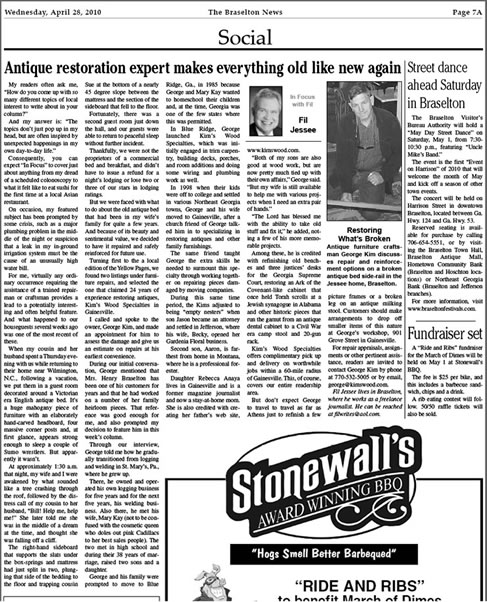Whether preparing your home for selling or just keeping it in optimal condition, the front door at some point requires attention. Wood entry doors take a beating from rain, sun, and wind causing the finish to wear and discolor. Many times moisture gets under the finish causing the finish to lift, then the moisture damages the wood. Typical damage is mold, mildew, or rot. My daughter’s wood entrance door has additional damage because her cat and dog repeatedly scratch the door which unfortunately has opened the finish for moisture to gain entrance.
The cost associated with replacing a front door is high, making refinishing a wood door a viable and economical option. A quick online search will result in many how to articles and demonstrations on how to refinish a wood entry door. However, as many of my customers have learned the hard way, it is not such a simple process to get a professional quality result. Refinishing an outside door and its trim is best left to a professional refinisher.
Having a professional refinisher like me refinish your entry door is not cheap, but the door won’t look like the result of a DIY weekend project either.

